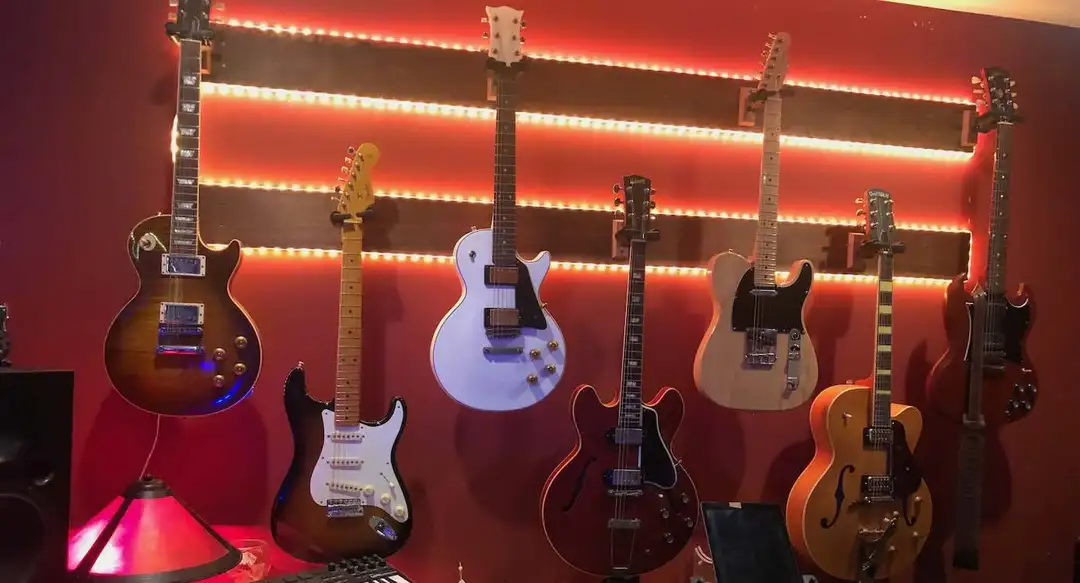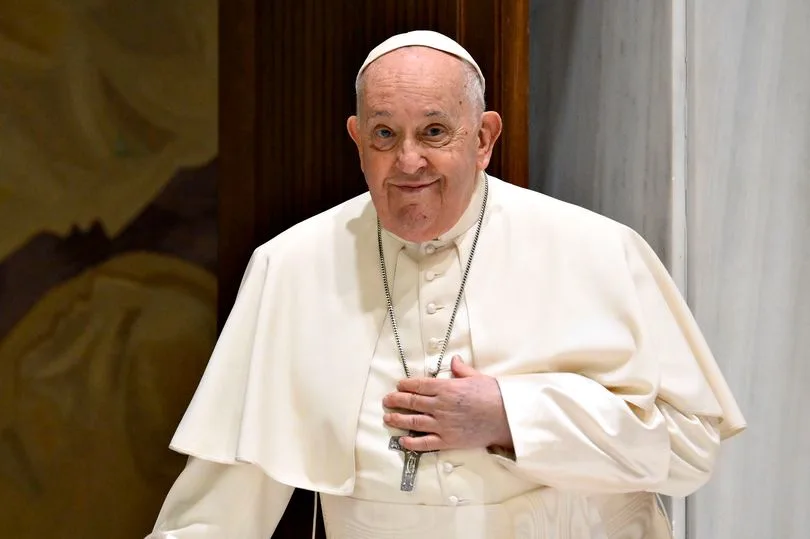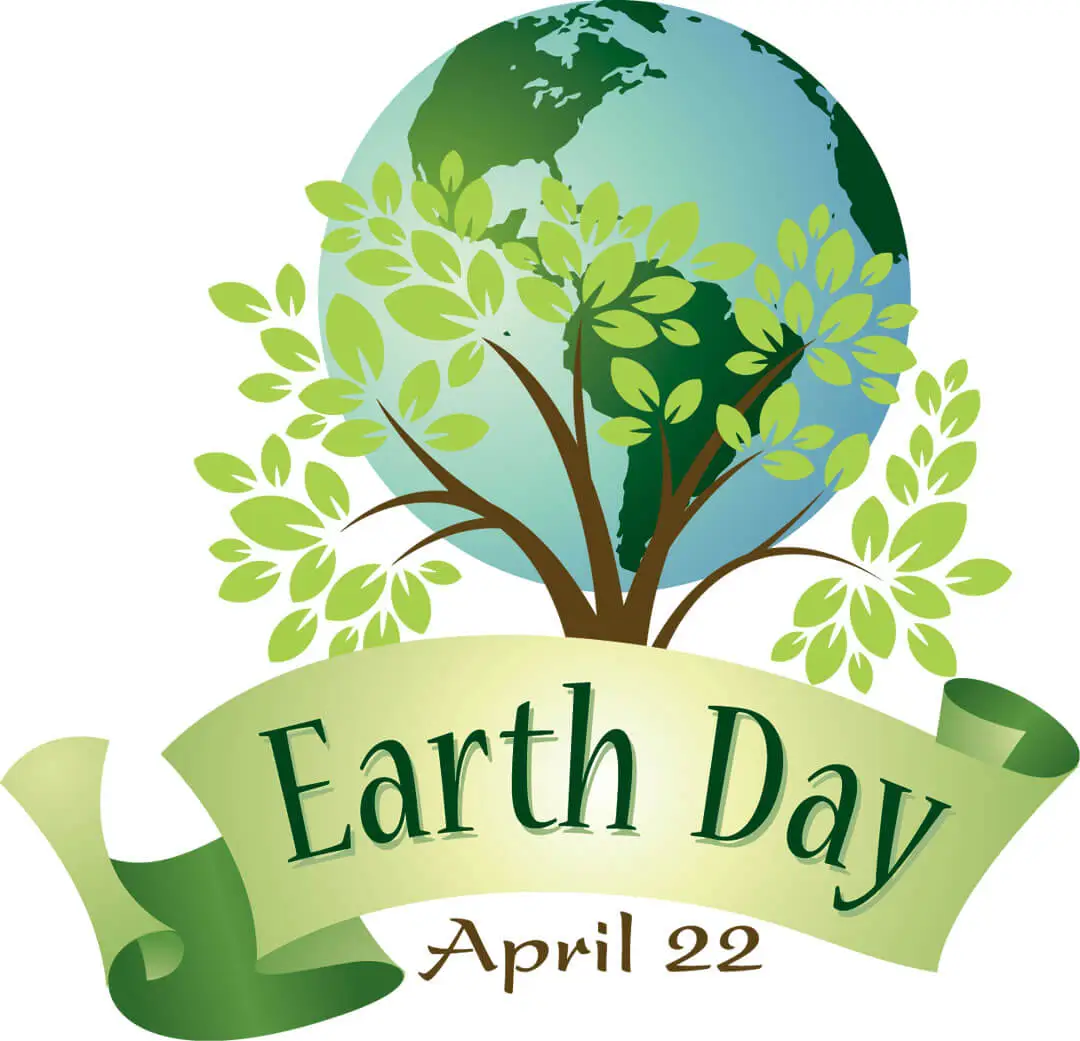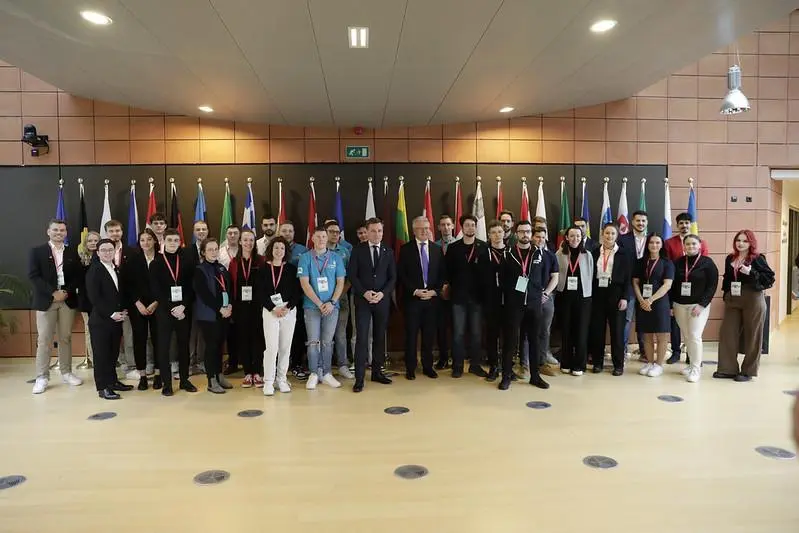In a world that has long glamorized hustle culture and round-the-clock productivity, a quiet revolution is underway. Urban professionals, once the poster children for ambition-fueled burnout, are embracing a new mantra: slow down to live better.
The “slow living” movement—a way of life focused on mindfulness, intentionality, and balance—is no longer limited to rural getaways or minimalist bloggers. In 2025, it’s being embraced in busy cities such as New York, London, Singapore, and Tokyo by professionals who are opting to place mental health, purposeful work, and time wealth ahead of traditional career achievements.
A Lifestyle Born of Burnout
The transformation didn’t occur overnight. The COVID-19 pandemic served as a wake-up call to the world, making millions rethink their use of time and energy. Remote work collapsed the lines between personal and work life, inducing widespread burnout. When the world reopened, many employees were reluctant to get back to the hustle they had previously tolerated.
“I was working 70-hour weeks as a corporate attorney in San Francisco,” says 34-year-old Nina Patel. “After the pandemic, I looked around and thought, I had been surviving, not living. I now work four days a week, and I’ve never felt more contented.”
Nina is not alone. According to a recent Gallup survey, 47% of city workers in OECD nations have actually cut back on their working hours since 2023. Flexible work arrangements, sabbaticals, and deliberate job redesigns have become increasingly popular, particularly among millennials and Gen Z workers.
What Is Slow Living?
At its root, slow living is about deliberately choosing things based on one’s values. It’s not working less—it’s working better, being more mindful in daily life, and discarding the idea that one needs to be constantly “on.”
The movement borrows from a number of traditions: the “slow food” movement begun in Italy as a response to fast food; Eastern philosophies-based mindfulness practices; and Swedish lifestyle trends such as lagom (just the right amount) and hygge (comfort and coziness).
Slow living can take many forms:
Time affluence: Prioritizing leisure time over profit.
Streamlined routines: Eliminating unnecessary meetings, social commitments, and screen distractions.
Connection with nature: Spending time outdoors, gardening, or taking walking meetings.
Intentional consumption: Avoiding fast fashion and opting for sustainable, long-lasting items.
“I’ve replaced scrolling through social media with morning walks,” says Sam Wu, a graphic designer in Singapore. “I’ve started cooking from scratch, journaling, and practicing yoga regularly. My productivity hasn’t decreased—it’s actually improved.”
The Economic Shift Behind the Lifestyle
Corporate culture is finally catching up. Businesses that used to reward overtime and perpetual availability are repositioning themselves as balance champions. Some are even making slow living part of their recruitment strategy.
“Today’s employees expect more than ping-pong tables and tap-brewed cold coffee,” says Paris-based tech company HR Director Marie Lemoine. “They expect time—time to think, time to rest, and time to be human.”
In response, Lemoine’s firm instituted a required “quiet hour” every afternoon, avoiding meetings and promoting intense, uninterrupted work. The payoff? A 19% increase in productivity and a 40% reduction in reported burnout incidents.
Even sectors with histories of backbreaking schedules—such as finance, law, and consulting—are testing new work arrangements, ranging from remote-first configurations to four-day workweeks.
Tech-Enabled Tranquility
Ironically, technology is also supporting the movement. While there has been a role in contributing to the problem, a new crop of conscious tech tools is helping professionals win back their time.
Digital minimalism and goal setting are encouraged by apps such as Notion, Sunsama, and Forest. Mindfulness platforms such as Headspace and Calm have recorded high subscriptions among executives, who are integrating guided meditation into daily routines.
At the same time, more and more urban co-working centers are being constructed with slow living principles in mind. Green walls, phone-free areas, and meditation rooms instead of bare fluorescent-lit offices.
“Tech shouldn’t be anxiety-inducing,” says Andre Tan, the founder of a wellness-focused co-working chain in Kuala Lumpur. “Used intentionally, it can give us the space we need to think clearly and live more fully.”
The Urban Slow Living Movement
Cities are responding to the new need for slowness in unexpected ways. Walkable communities, bike-sharing schemes, and neighborhood farmer’s markets are becoming increasingly popular as city dwellers try to reconnect with their surroundings and community.
In Copenhagen, the city has implemented “slow zones,” where traffic is reduced and residents are invited to stroll in parks and courtyards. In New York City, there has been a surge in community gardens and pop-up mindfulness workshops, frequently funded by local governments and non-profits.
Retail is also feeling the impact. A tide of “slow stores” is supplanting fast fashion stores—these environments promote browsing, learning, and community over transactional velocity.
“Consumers want to feel connected—to their shopping, their food, their time,” says retail analyst Julia Ng. “Those retailers that don’t catch up with that will be left behind.”
Cultural Reflections and Social Shifts
Slow living is also manifesting itself in pop culture. The influencer with millions of followers is sharing less staged content, but rather is choosing authenticity over image. Books such as “4,000 Weeks” by Oliver Burkeman and “Rest is Resistance” by Tricia Hersey are bestsellers, encouraging readers to rethink their relationship with time.
There’s also renewed interest in analog experiences. Vinyl records, film cameras, journaling, and printed books are all back in fashion as people want to disconnect from the digital treadmill.
“For the first time in a long time, slowness is aspirational,” says cultural critic Lena García. “It’s not about being lazy—it’s about being deliberate.”
A Global Phenomenon with Local Flavor
Although the values of slow living are applicable across cultures, their expression differs from culture to culture. In Japan, where ikigai (purpose for being) informs individual happiness, slow living is concordant with deeply ingrained values. In Sweden, the activity of fika—daily stopping to enjoy coffee and conversation—is institutionalized mindfulness.
Slow living is more subversive in the U.S., where productivity has long been the indicator of self-worth. “To tell somebody in New York to slow down was once preposterous,” says wellness coach Amanda Stein. “Now it’s something clients are asking me how to do.”
Even in historically high-speed Asian economies, slow living is gaining traction. In Seoul and Shanghai, slow cafes and work-free areas are springing up, serving professionals who want to disconnect—even temporarily—from digital pressures.
Challenges and Criticisms
Even as it gained popularity, slow living was not without detractors. Some saw it as something only the privileged classes could indulge in—cutting back on work hours, buying socially responsible, or living in areas with proximity to parks.
“There’s a danger that slow living becomes another status item,” declares economist David Anwar. “If it’s going to be truly revolutionary, it has to be something that crosses socioeconomic boundaries.”
Others fear the movement will be hijacked by brands, reducing authentic lifestyle changes to marketing stunts.
To guard against this, proponents are advocating for systemic change—such as universal basic income, reduced workweeks, and public wellness infrastructure investment—to make slow living not just an individual choice but a societal possibility.
Looking Ahead
As 2025 gets underway, the slow living movement is far from slowing. With burnout now officially a global health crisis and mental well-being at the center of workplace revolution, the need for a more mindful life keeps on increasing.
“I don’t think slow living is a trend,” says Nina Patel, looking back. “It’s a recalibration—a return to what really matters.”
In the cities that were once characterized by speed and stress, a new story is gaining ground: that life is not a competition, and that the greatest success is the capacity to enjoy it.







